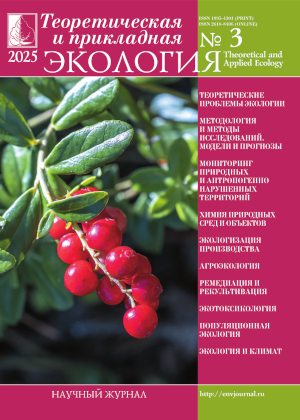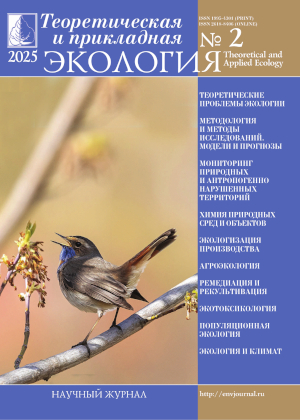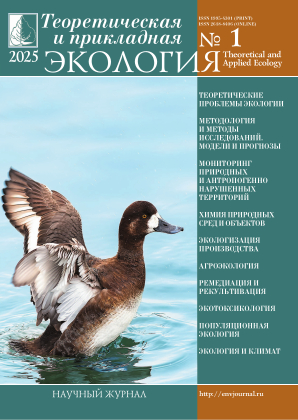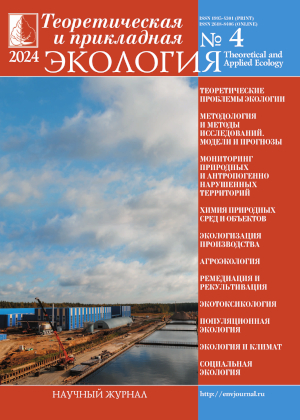 ISSN 1995-4301
ISSN 1995-4301(Print)
ISSN 2618-8406
(Online)
Online version of the journal
|
Ensuring quality and safety for the process of drinking water treatment: case-study of the Ganges River |
||||
| A.Yu. Kurbatov, E.D. Murzina, M.A. Vetrova, N.A. Ivantsova | ||||
| Section: Monitoring of natural and anthropogenically disturbed areas |
||||
| Drinking water quality is an acute problem all over the world. Unauthorized discharges of contaminated wastewater into life-sustaining water sources make the latter undrinkable. The Ganges River is the main artery of India’s economic and domestic use with the numerous industries located on its banks. This paper is devoted to studying the possibility of improving the quality of drinking water in the Ganges River, India. The studied water is already chemically and microbiologically contaminated at the entrance to the city. The hydrodynamic method of water treatment using ozone in small doses is proposed to minimize the chemical load on the Ganges River. The study confirmed the high efficiency of combined hydrodynamic water treatment and the ozonation process. It is established that the application of cavitation hydrodynamic device for water treatment allows reducing ozone consumption on average by 20–25%, which affects the positive economic effect and the final cost of purified water. Hydrodynamic purification of the Ganges River water with the addition of ozone in small doses allows obtaining water of drinking quality without the introduction of other chemical reagents. The latter makes this method environmentally friendly and does not result in secondary environmental pollution. The low cost of the purification process occurs due to the efficient mixing of ozone with the water being purified using a hydrodynamic cavitation device. By increasing the contact area of the phases and additionally arising cavitation effects, the water purification process is intensified. Application of the combined method of hydrodynamic treatment using ozone significantly reduces water color index, remove most of the suspended particles from the system, oxidize iron and nickel, and reduce the surfactant, petroleum products, and ammonia nitrogen concentrations; with twice the number of cleaning cycles – completely eliminate bacteria. Ceramic membrane filters remove insoluble compounds obtained during cavitation hydrodynamic treatment with ozone. The work also presents the results of studying the chemical and biological initial composition of water and water after using this technology with calculation of the effectiveness of the method and cost characteristics. | ||||
| Keywords: hydrodynamic treatment, ozonolysis, microbiological load, cavitation |
||||
| Link | ||||
| Article published in number 4 for 2024 DOI: 10.25750/1995-4301-2024-4-096-104 |
||||
|
|
36, Moskovskya street, Kirov, 610000, Editorial Board "Theoretical and Applied Ecology." Phone/fax: (8332) 37-02-77 e-mail: envjournal@vyatsu.ru The journal was founded in 2007 |
||||||




 Select viewing options
Select viewing options